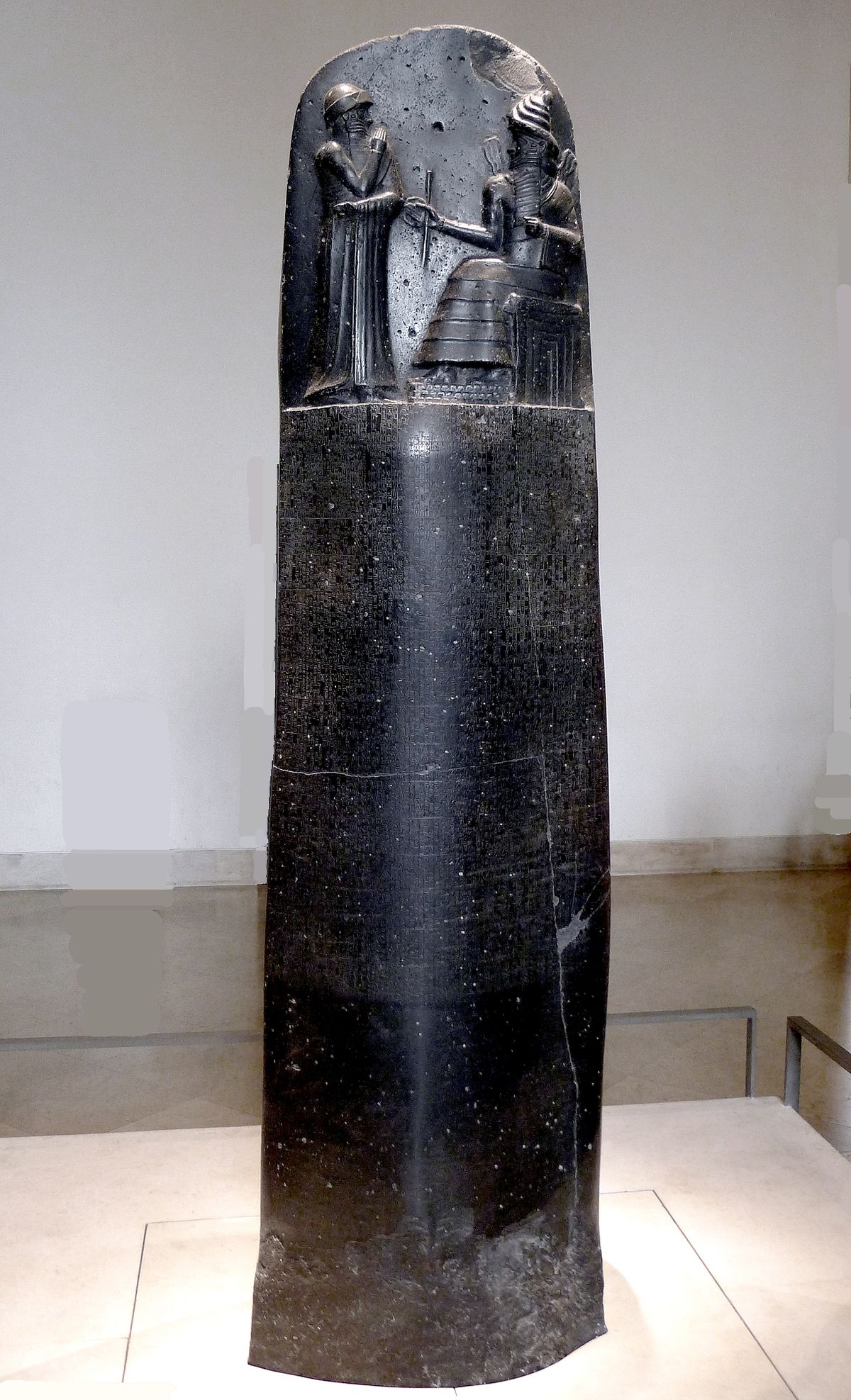The Code of Hammurabi is a legal text that dates back to ancient Babylonian civilization. The code is named after the Babylonian king Hammurabi, who ruled over the region from 1792 to 1750 BCE. The code contains a list of laws and punishments that were used to govern the people of Babylon. The laws were inscribed on a stele, which is a large stone slab, and the stele is now housed in the Louvre museum in Paris. In this article, we will explore the images associated with the Code of Hammurabi and what they reveal about the ancient Babylonian civilization.
Image of Hammurabi

The most famous image associated with the Code of Hammurabi is the statue of Hammurabi himself. The statue depicts the king sitting on his throne, with a rod and ring in his hand. The rod symbolizes his power to make laws, while the ring symbolizes his authority to enforce them. The statue is made of diorite, which is a hard stone that was difficult to carve. The statue is now housed in the Louvre museum in Paris.
Image of the Stele
The stele on which the Code of Hammurabi was inscribed is another important image associated with the code. The stele is a large stone slab that is over seven feet tall. The front of the stele contains a relief carving of Hammurabi receiving the code from the god Shamash. The back of the stele contains the text of the code, which consists of 282 laws. The stele is now housed in the Louvre museum in Paris.
Images of Law and Punishment

The Code of Hammurabi contains a list of laws and punishments that were used to govern the people of Babylon. Some of the laws include regulations on trade, marriage, and property ownership. The punishments for breaking these laws varied depending on the severity of the offense. Some punishments included fines, beatings, and even death. The images associated with the laws and punishments in the code provide insight into the justice system of the ancient Babylonian civilization.
Images of Society and Culture

The Code of Hammurabi also provides insight into the society and culture of ancient Babylon. The code contains laws that regulate the behavior of individuals in society, including regulations on marriage, inheritance, and slavery. The images associated with these laws reveal the role of women and slaves in Babylonian society, as well as the importance placed on family and inheritance.
Conclusion
The images associated with the Code of Hammurabi provide valuable insight into the ancient Babylonian civilization. The images of Hammurabi, the stele, and the laws and punishments reveal the power dynamics and justice system of the society. The images of society and culture reveal the role of women and slaves in Babylonian society, as well as the importance placed on family and inheritance. Overall, the Code of Hammurabi and its associated images provide a fascinating glimpse into the world of ancient Babylon.